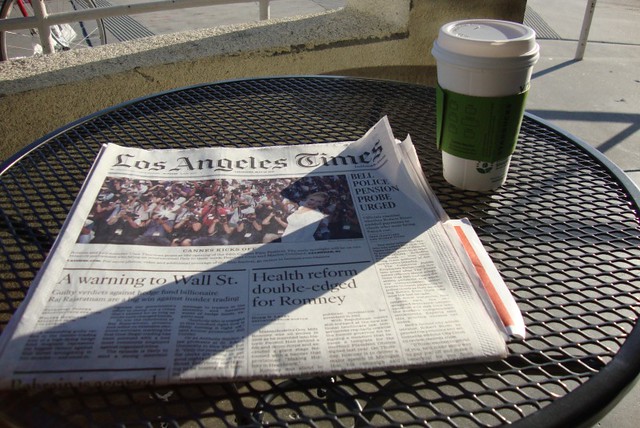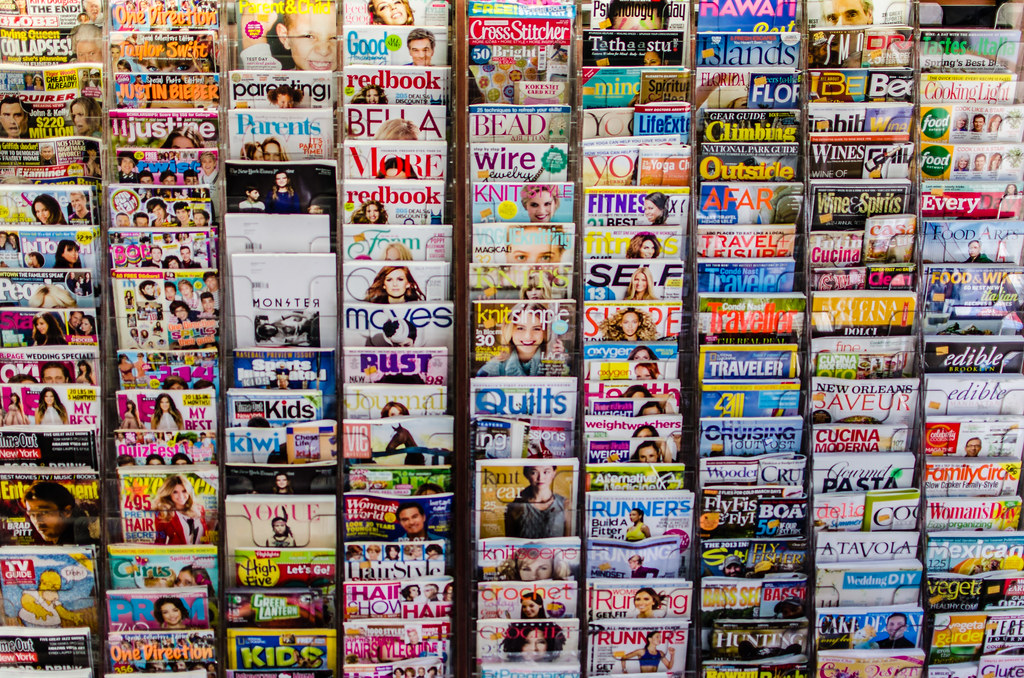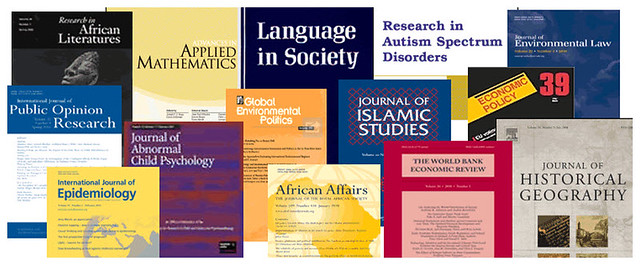
Primary Sources are sources that were written at the time the events occurred (distinguishable from secondary sources, which are written from the historical perspective or from a second hand view). They are very useful for eyewitness accounts & human interest

HANDOUTS:

HOMEWORK:
1. Read and understand the syllabus.
2. Be prepared for the Syllabus, Lecture, & Scavenger Hunt Quiz at the beginning of our next class meeting.
3. Signup on the Google Docs form to present a 2-5 minute summary of one of our readings at some point in the semester.
4. Be prepared to discuss some ideas about the ethics of information. Keep these concepts in mind while doing the reading for next week:
REQUIRED READINGS for WEEK 2:
This first week is about getting to know each other, the course, and why it's important to you as a student.
SOURCES OF INFORMATION
These tabs include a quick overview of the most often used information sources in academic research.
Over the following weeks, we will discuss each information type in depth. We'll go over each source's characteristics, appropriate use, search strategies, citation rules, and how to critically evaluate each source.

image provided by Newcastle University
1. Books and ebooks
Books and ebooks are great resources to use when you need a comprehensive overview on a topic. To find one we have in the library here, you should use the online catalog.
Books and eBooks includes the use of Reference Sources.
2. Articles
Articles can be found in newspapers, magazines, and scholarly (peer-reviewed) journals. Articles tend to be shorter than books as they focus on more specific topics.
2a. Newspapers: It's best to use newspaper articles when searching for current events or local information.

2b. Magazines: Magazine articles are geared toward a general audience and usually deal with issues in popular culture. Articles can be printed quickly, making popular magazines a good place to look for current events.

2c. Scholarly Journals: Articles in scholarly journals are written by scholars (people with PhDs) and are best to use for academic research. They are very focused and tend to take over a year to be published.

Although there are more scholarly journals in the world than other types of magazines and journals, the readership for magazines is MUCH larger than for scholarly. This is because of interest and the cost of scholarly journals.

3. Websites/Social Media
You can find lots of great information on the open web! However, you must always critically evaluate a website for credility and reliability. We will go over the criteria for evaluation in later weeks.

4. Propaganda/Fake News (NOT a legitimate source of information)
Contrary to the co-opting of the term "fake news" to mean anything that is not flattering to you, "fake news" means just that. It is made up news that is intentionally lying, misdirecting, & misinforming. We are receiving a LOT of fake news in our feeds these days. Look at the graphic and try to stay away from those sites that are far right or far left on the chart. This is not a perfect chart, but it gives you an idea of the types of stories that are truly fake news, as opposed to sites that may have some bias in their reporting.
